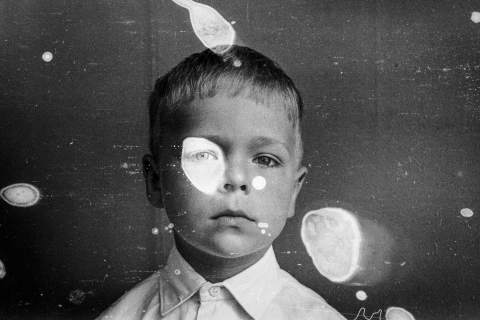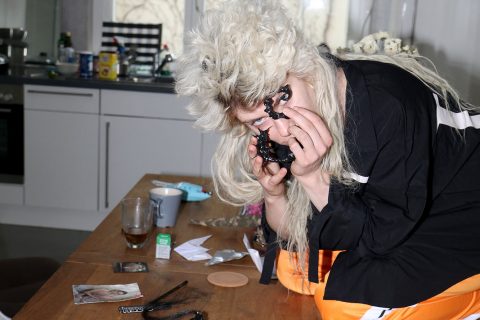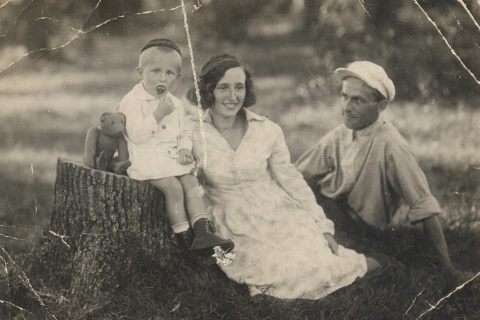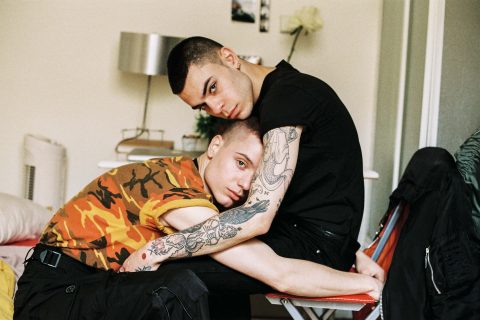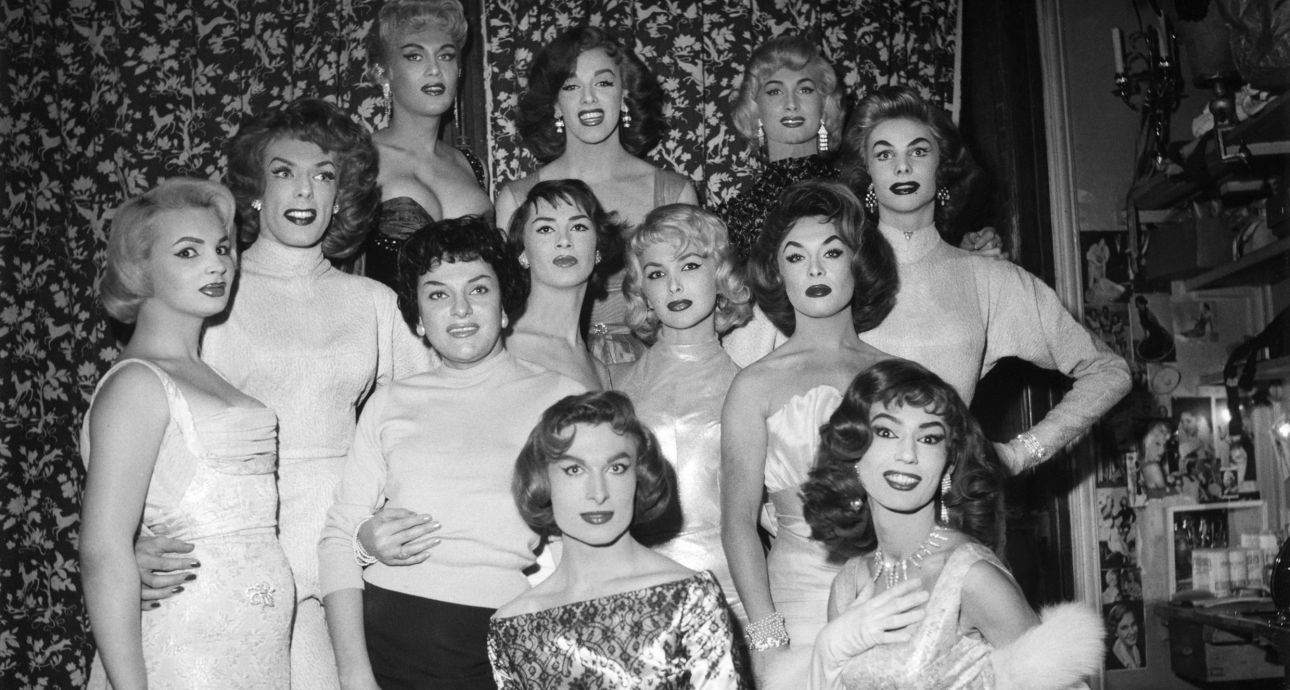
Under Cover: A Secret History of Cross-Dressers
Dressing up is so ancient that it’s actually mentioned in the Bible. However, photography also helped cross-dressers find their identity. The collection of Sébastien Lifshitz spans the period from the 1860s to the 1980s. Some pictures from this selection were featured in a recent exhibition titled Under Cover. A Secret History of Cross-Dressers co-curated by Lifshitz, which took place in the C/O Berlin exhibition space in Berlin.

A film director, screenwriter, collector, and curator. His films revolve around LGBT-related themes. Also, he got the Teddy Award twice — for his 2004 film Wild Side and 2013’s Bambi. In 2013, his film The Invisibles won the César award for the best documentary film.
— I started collecting these photos as a teenager. Occasionally, I found boxes of photos nobody wanted in the flea markets. So, I bought a few of them and kept them at home. They were my little treasure. At the time, I saw them exclusively as a way to entertain myself and express my passion for photography. Over the years, however, I accumulated thousands of pictures, and that’s when I understood it was a full-fledged collection. I was obsessed with specific themes and subjects, including transvestites and gays.
As a director, I often travel the world. Whenever I arrive in a new city, I look for a local flea market or antique shop selling old photos. Eventually, my obsession with collecting turned into a desire to create an archive of stories I started to notice in those photos. With the advent of the internet, eBay proved to be a source of excellent material. It was a golden age of sorts because few were looking for things like those. Everything that had to do with cross-dressing had shame attached to it. The situation has changed over the past two years as interest in gender-related topics, as well as trans and queer history, grew.
Few were looking for things like those. Everything that had to do with cross-dressing had shame attached to it.
I’m no photography historian or sociologist. I’ve learned all I know from books and my own research. Some photos in my collection are obviously connected — all things cabaret date back to a particular period. I even have some pictures from the so-called Café-Concerts, the precursors to cabaret, where singers, circus acrobats, magicians, and cross-dressers performed. Places like those started popping up during the French Revolution and became more widespread after 1864. At the time, the French capital was nicknamed
Jolly Paris
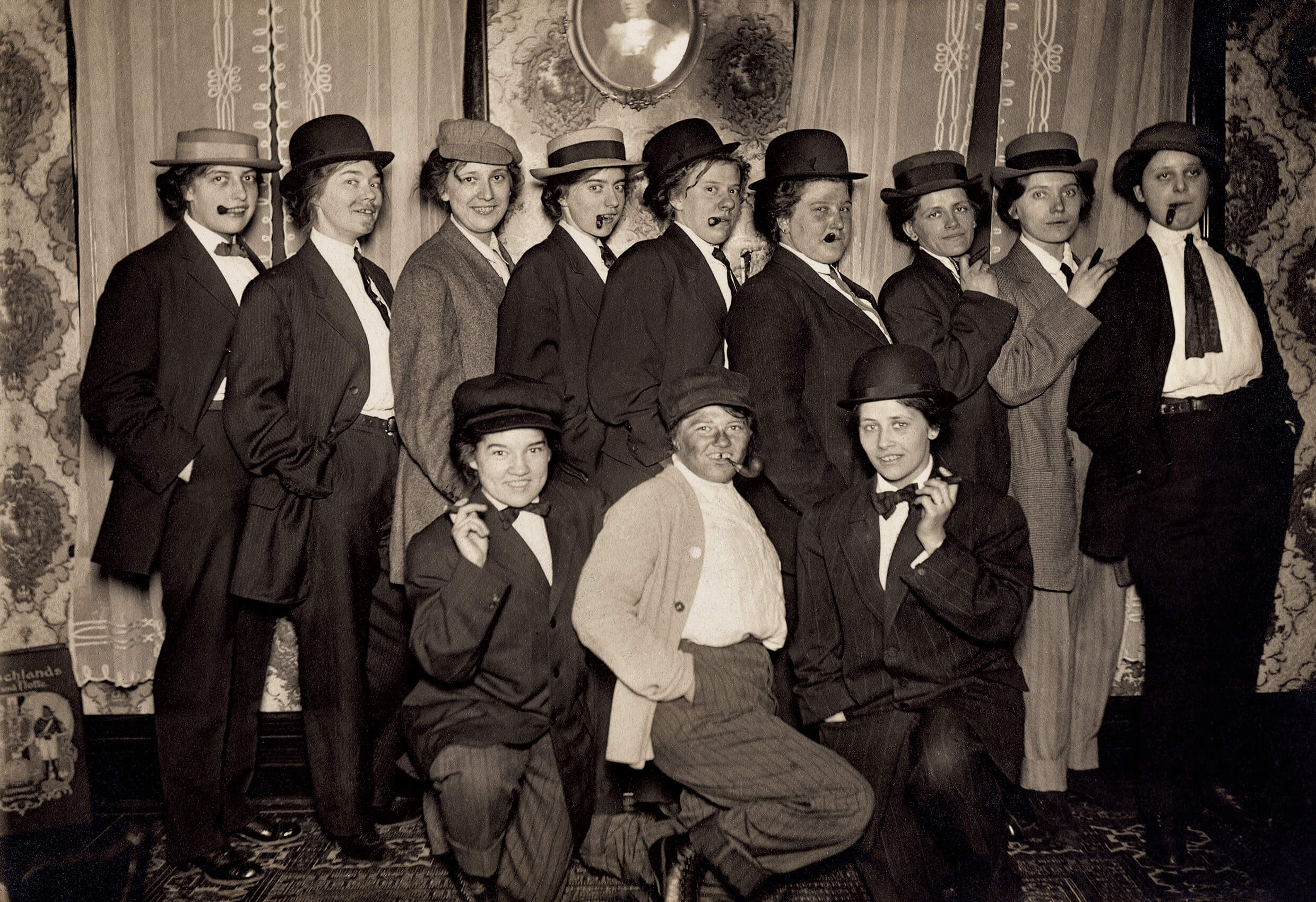
Cross-dressers in Milwaukee, the USA, 1912
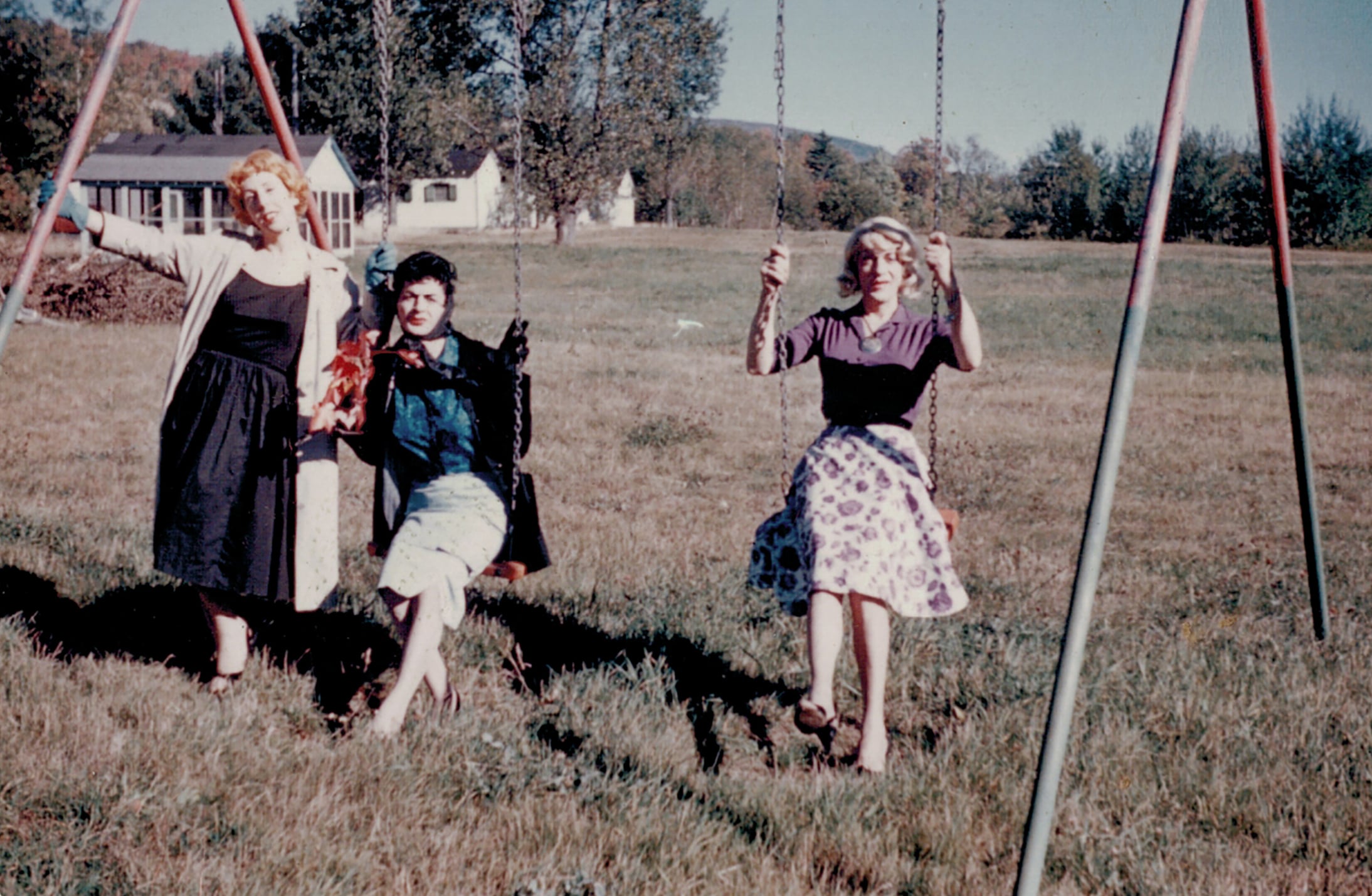
Cross-dressers from the Casa Susanna community, the USA, the 1950s–1960s. Photo: Cindy Sherman Collection
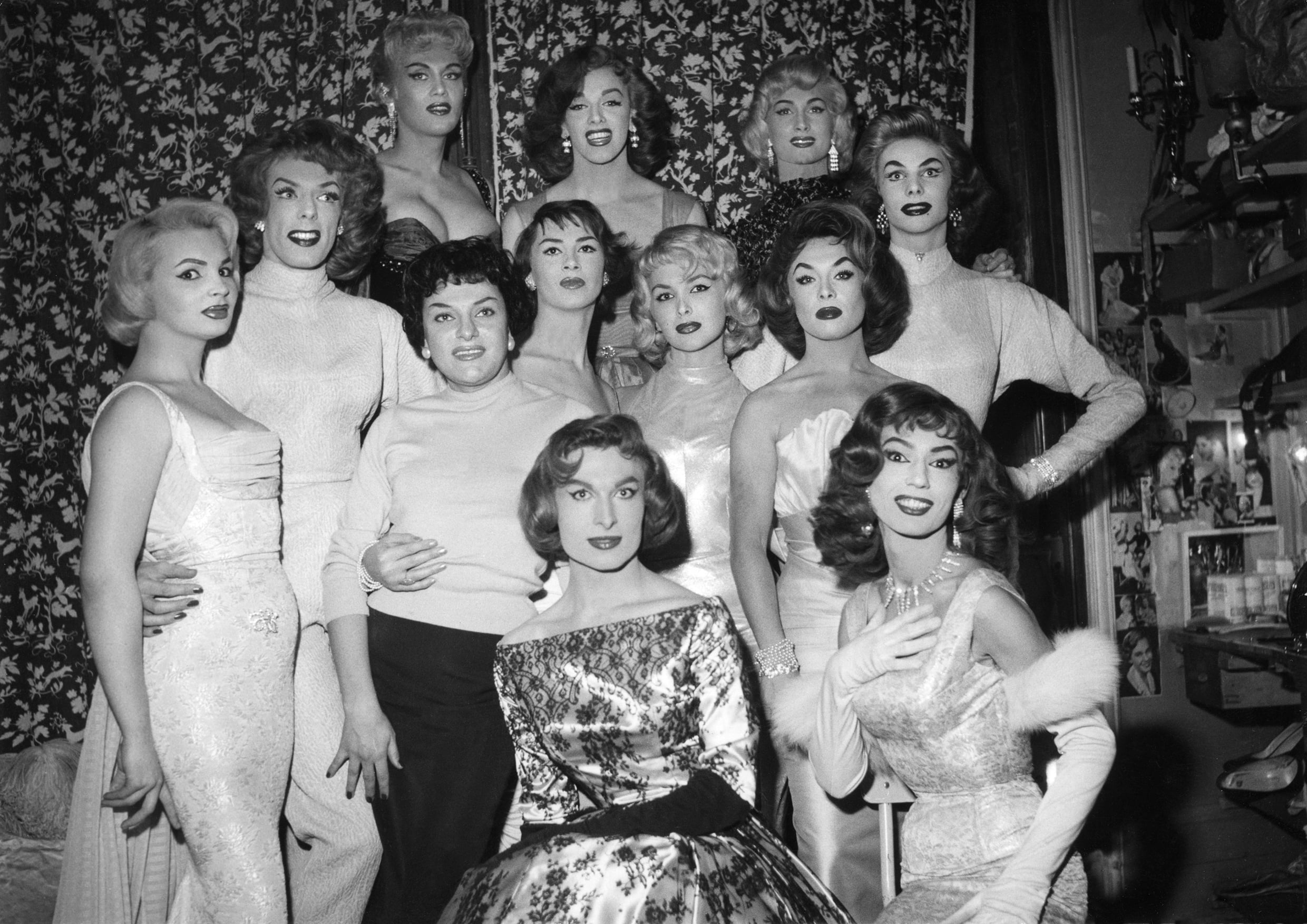
Cross-dressers of the La Carrousel cabaret, Paris, 1958
There were also other photos — more private and intimate. Those remain a mystery to me because there is little to no information about them. At the time, it was relatively dangerous to take pictures of yourself cross-dressed, except if you were in performing arts. I felt those photos were crucially important for their owners. It’s as if they revealed the essence of their subjects. My idea was to gather them all together — all kinds of cross-dressed men and women — and see what becomes of it. Hopefully, the viewers will feel what I felt when I first discovered them. How should one interpret them? Everybody is free to think whatever they like.
These photos show that queer culture is nothing new — gender identity problems have always been a part of every human society. Therefore, it stands to reason to find out who those people were, what they thought about themselves, and how they wanted to represent themselves. They had to be brave and rebellious, living in times when being yourself was nearly impossible. They could end up in prison and lose everything: family, reputation, work, and money. This is why we should see them as heroes of the past.
If you belonged to the queer community in the 19th or early 20th centuries, you had to be careful and smart to create a safe space for like-minded people. Therefore, communities of that kind were pretty small. People gathered at someone’s place, curtained the windows, and then started dressing up and sharing clothes, makeup products, and jewellery. Some of these photos survived by sheer miracle. Most of such pictures were destroyed because they were too dangerous to keep at that time.
Some of these photos still exist by sheer miracle because most of such pictures were destroyed.
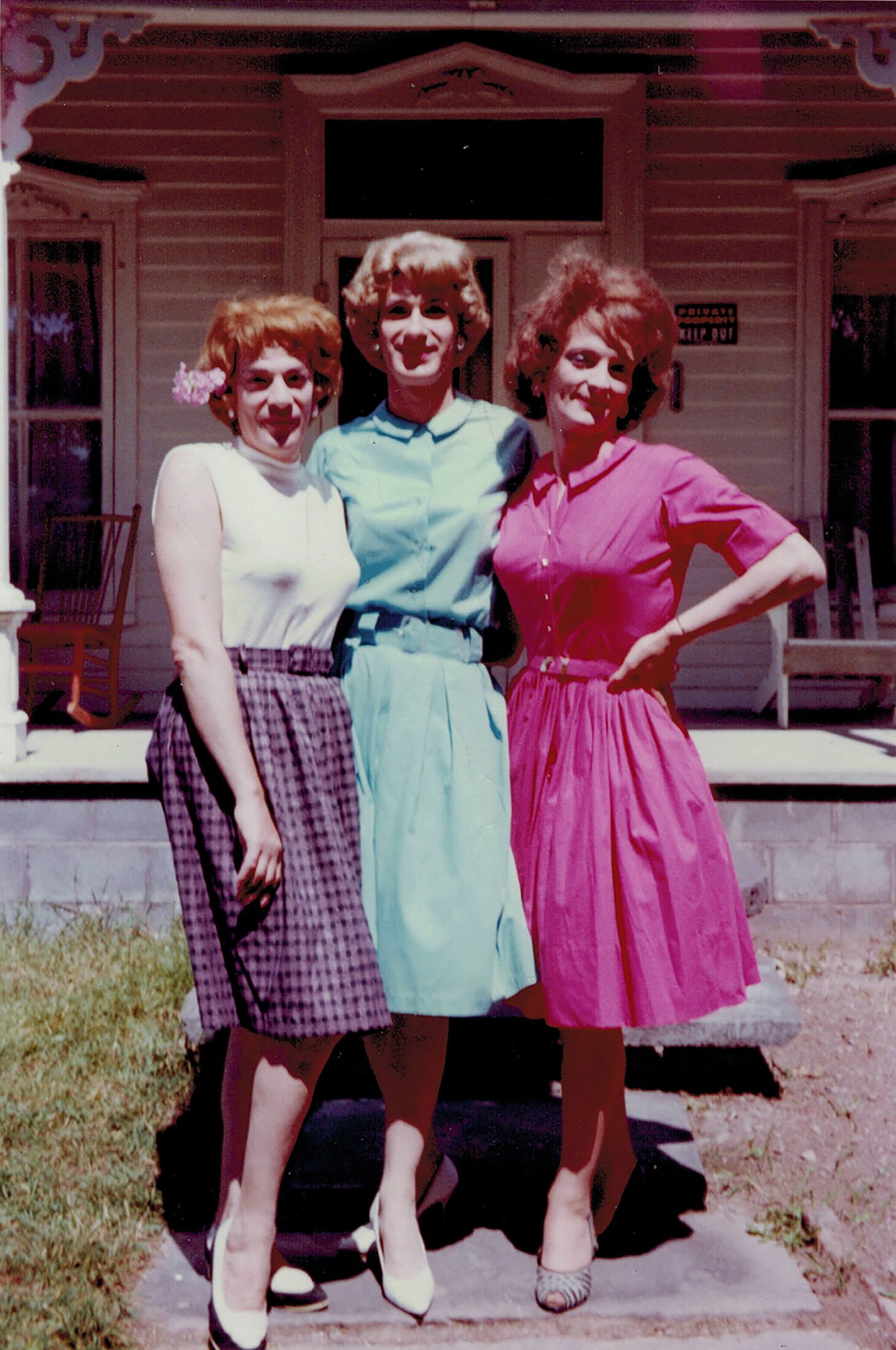
Casa Susanna. Photo: Cindy Sherman Collection
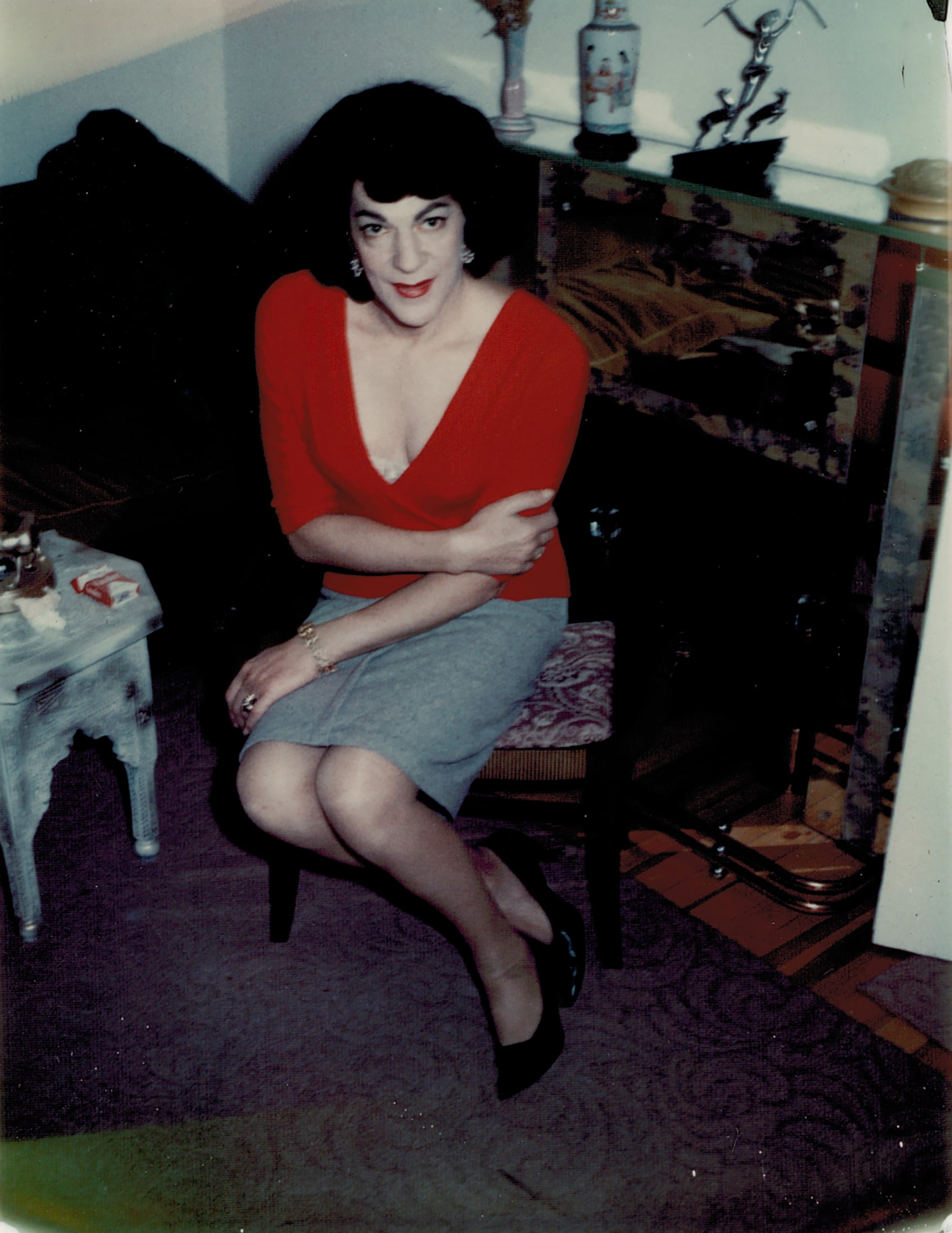
Casa Susanna. Photo: Cindy Sherman Collection
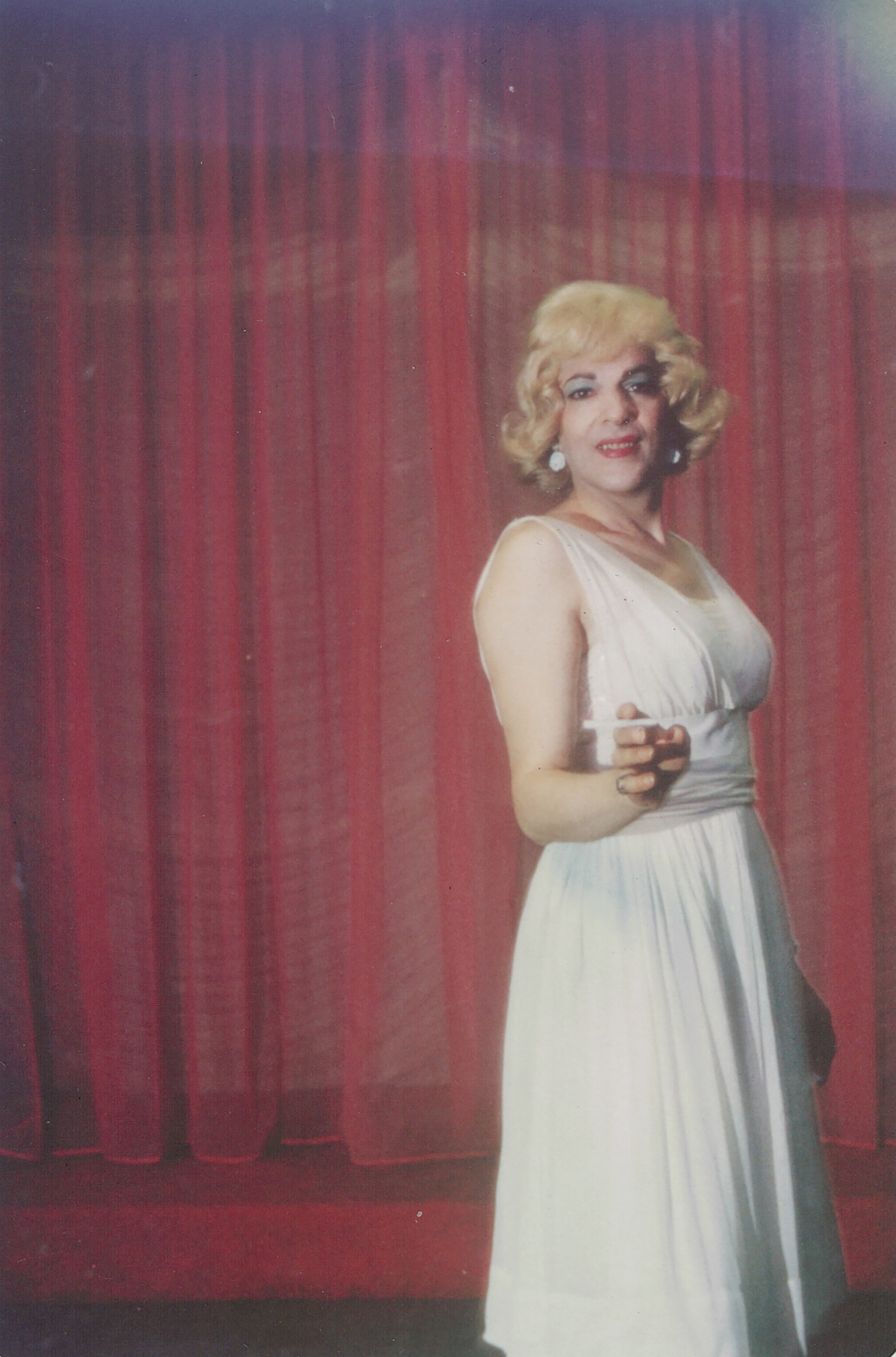
Casa Susanna. Photo: Cindy Sherman Collection
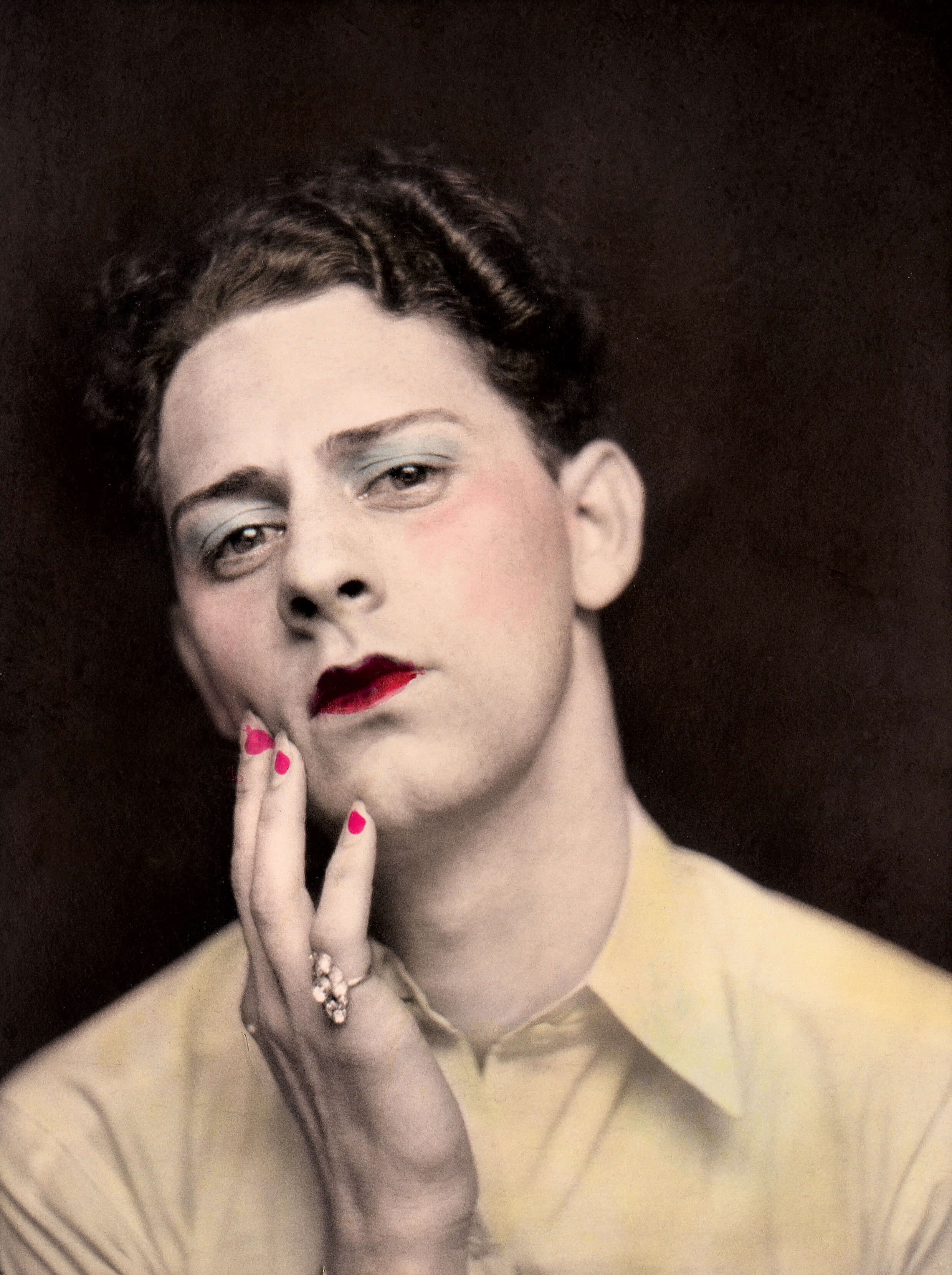
Anonymous model, unnamed photo, the USA, circa 1930
One such community was Casa Susanna — my latest film is about it. This group gathered in a private country house in New York state’s Catskill Mountains in the 1950s–1960s. Its members were primarily transgender women and heterosexual men who liked dressing up as women. Most of them didn’t even realize what was happening to them for lack of information. Some considered themselves just cross-dressers or fetishists. They could discuss it within the community and perhaps find the answers they sought. At the same time, their situation was a tough one because they had to lead a ‘normal’ life outside the community with their wives and kids.
Nowadays, it might seem that tolerance and understanding toward others would automatically be passed down through generations, but it’s not necessarily so. We have to be really careful. Reactionary movements are alive and kicking, and they can destroy any progress we achieve. The things acceptable today might not be tomorrow. We should keep educating people about queer history through books, films, and exhibitions because it’s everybody’s history.
We should keep educating people about queer history because it’s everybody’s history.
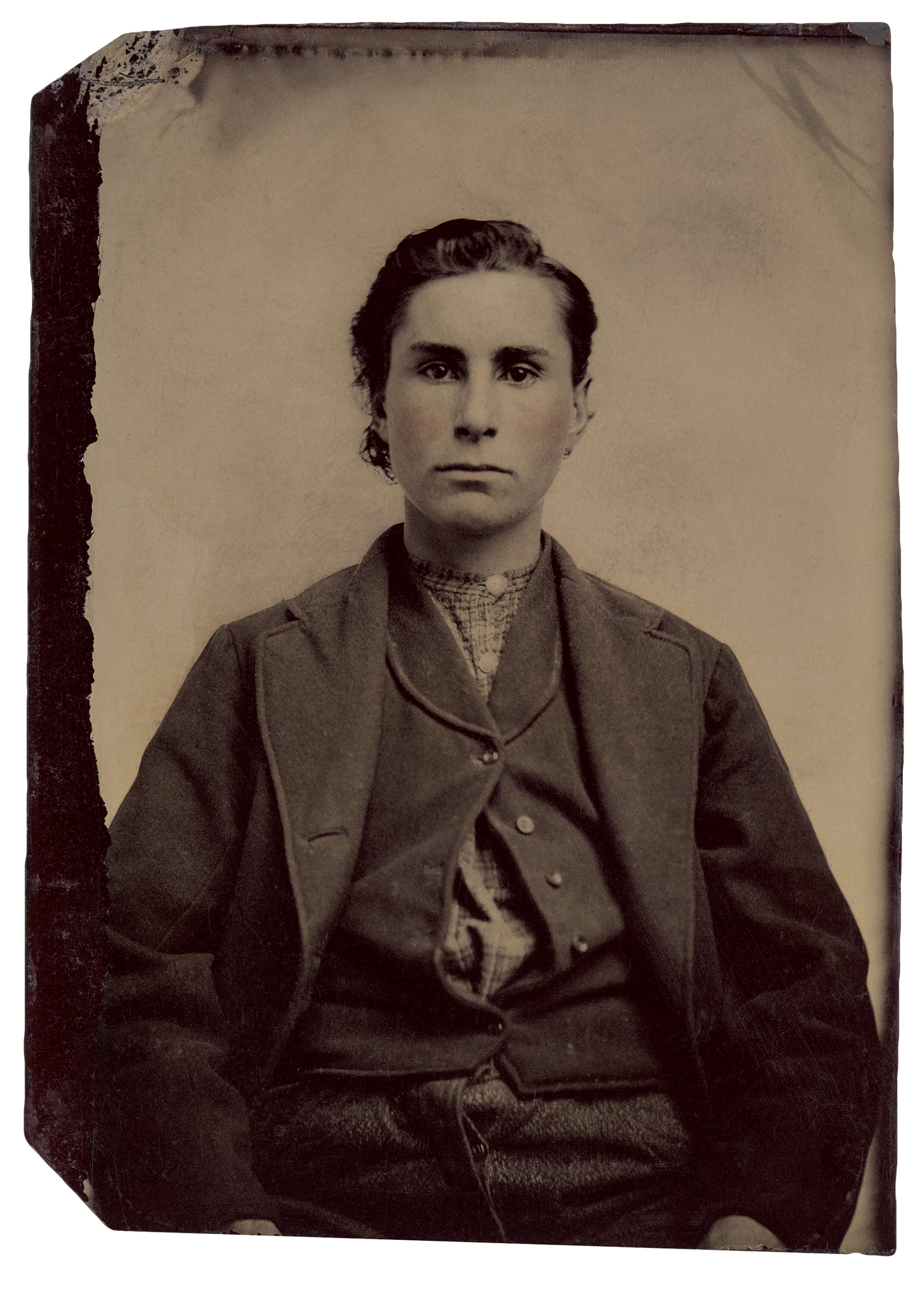
Anonymous model, unnamed photo, the USA, the 1880s
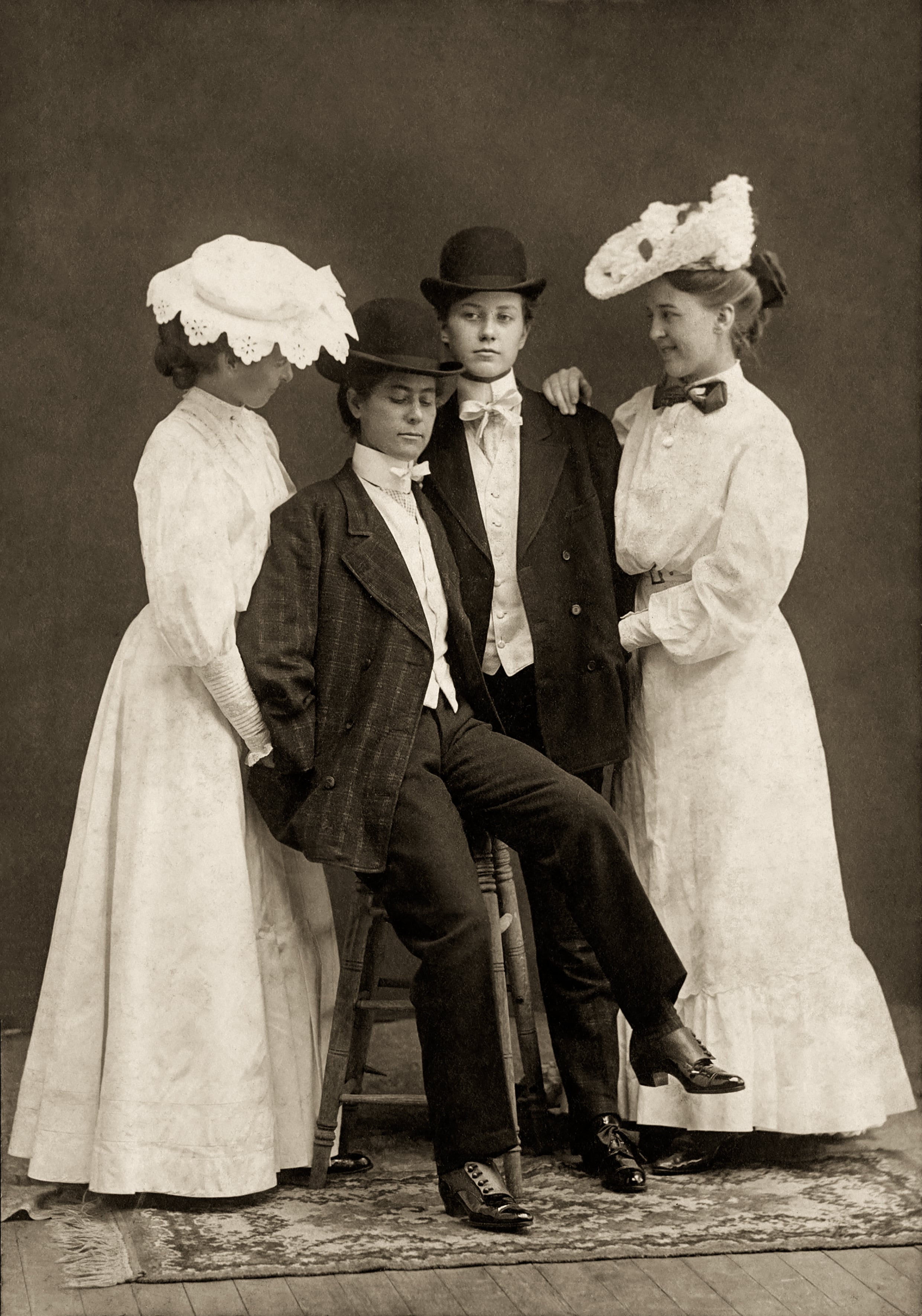
Ms Kerr, Schlatter, Sallars, and Benzinger, the USA, circa 1910
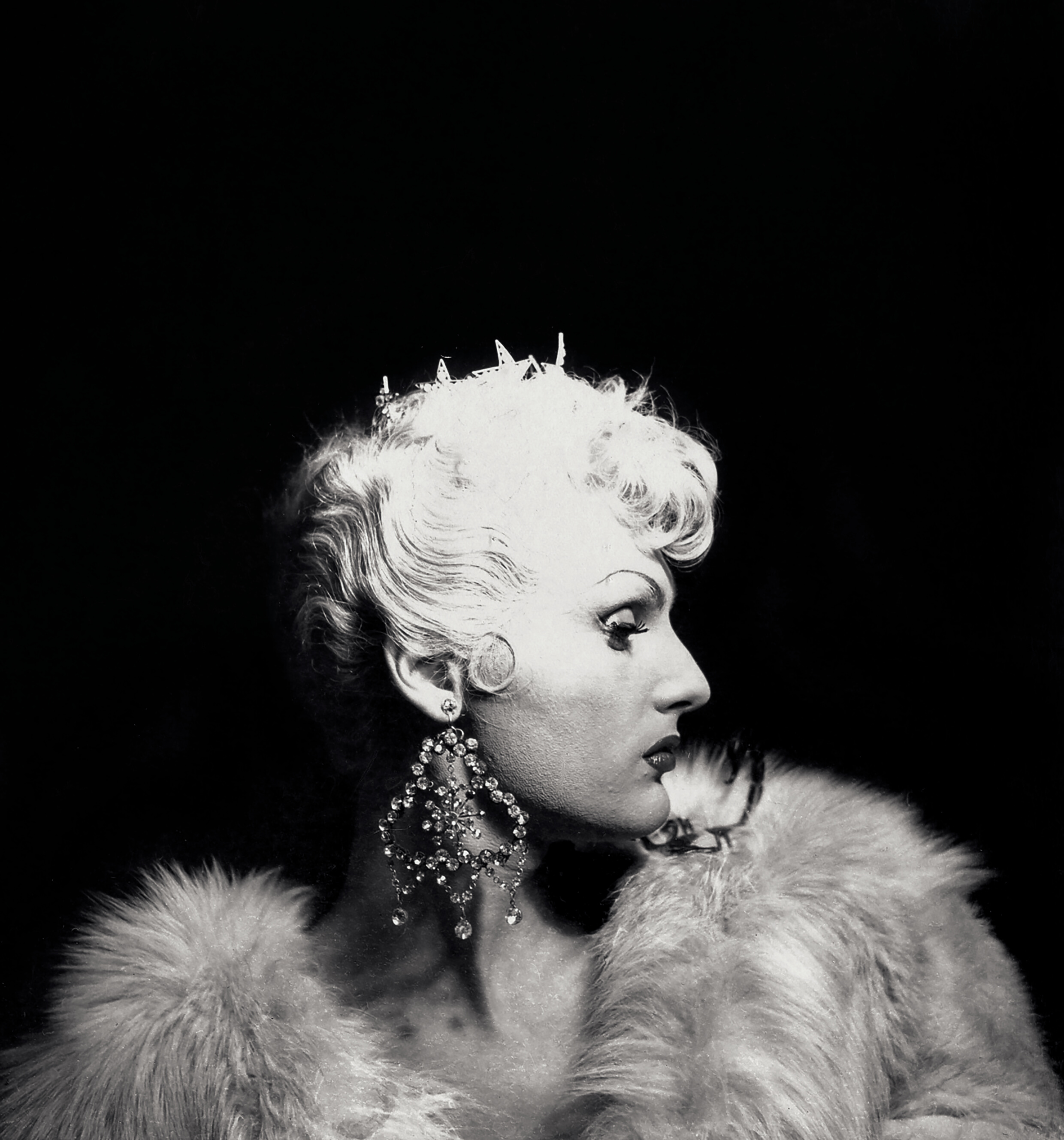
French Canadian drag queen Hilda, the USA, circa 1950
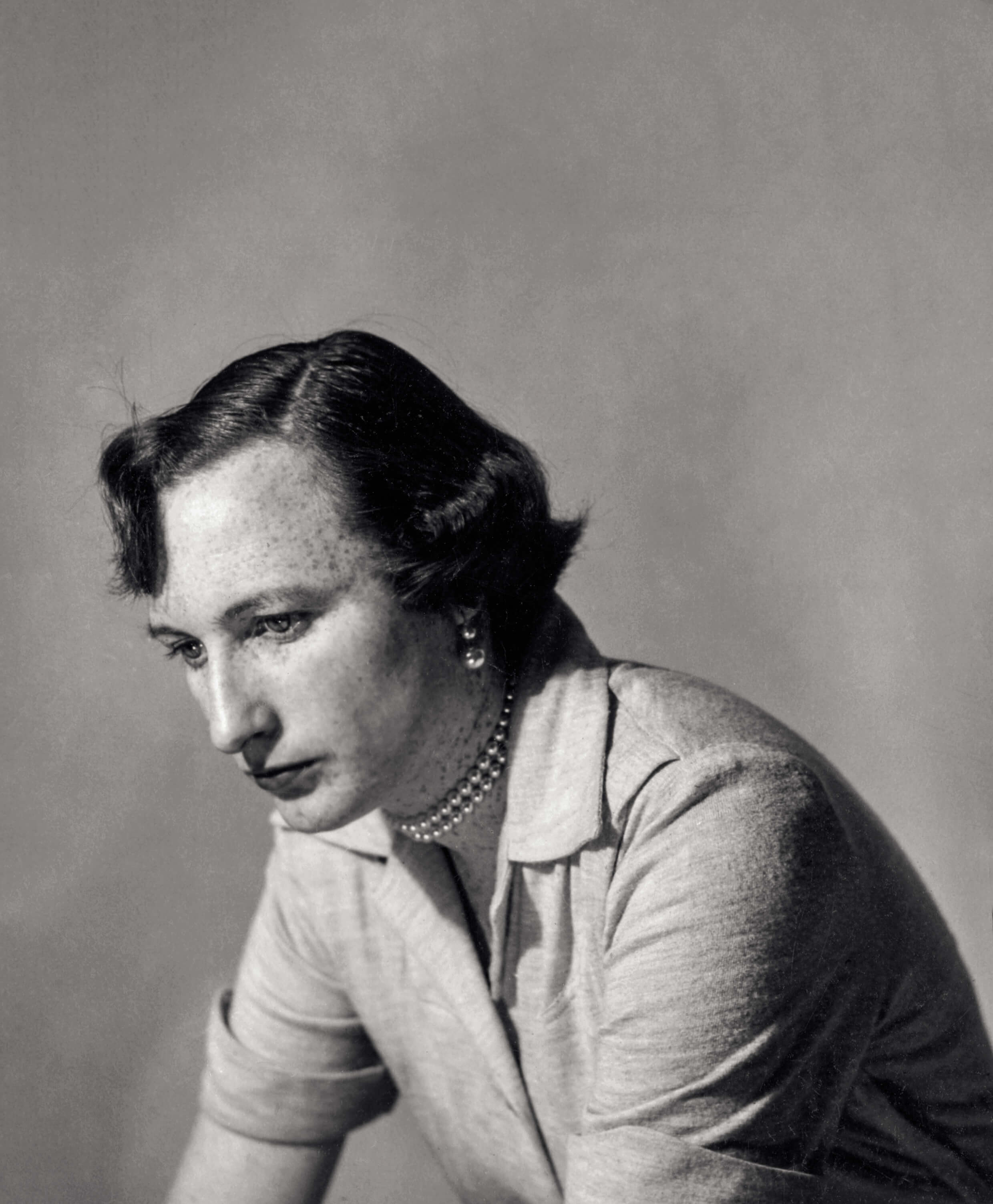
Jim, the USA, circa 1950
All photos are from Sébastien Lifshitz’s collection, unless indicated otherwise. The photos are courtesy of C/O Berlin.
New and best
